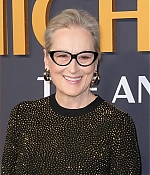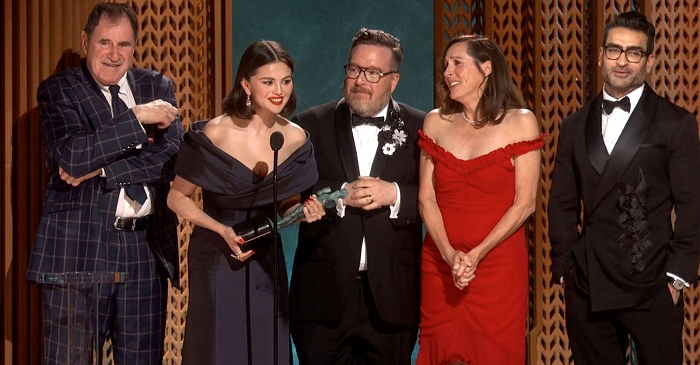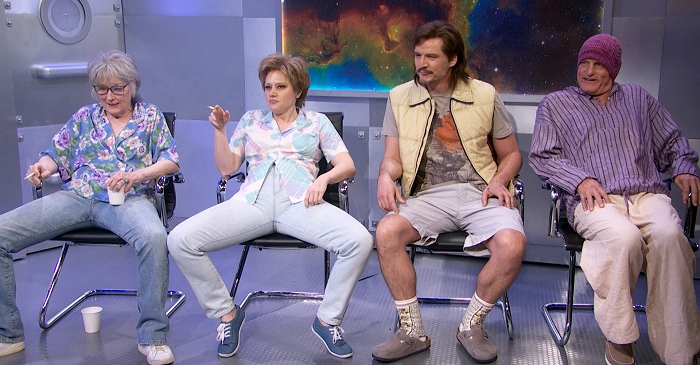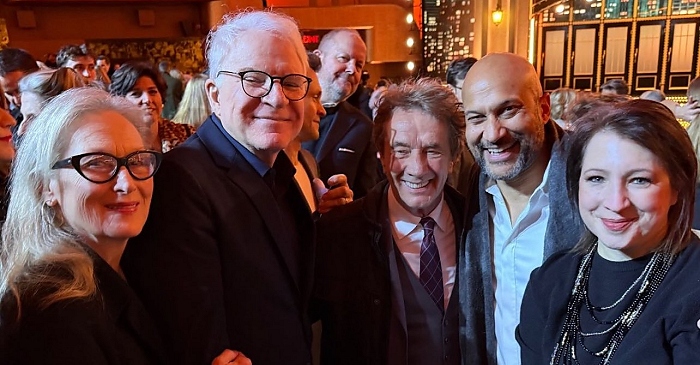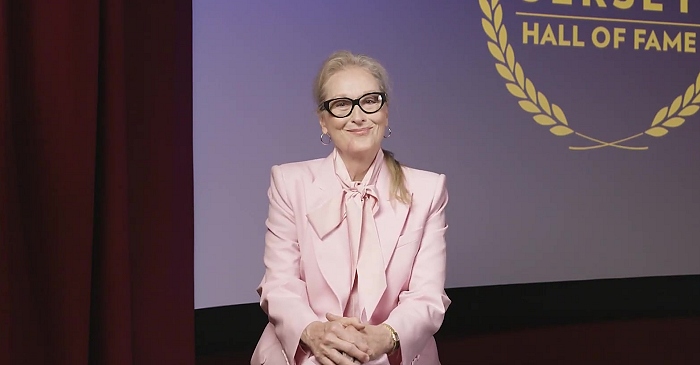|
Simply Streep is your premiere source on Meryl Streep's work on film, television and in the theatre - a career that has won her the praise to be one of the world's greatest working actresses. Created in 1999, we have built an extensive collection to discover Miss Streep's body of work through articles, photos and videos. Enjoy your stay.
|
Celebrating
25 years
of SimplyStreep
|
In 1980, Lindy Chamberlain’s case and the story of her infant daughter’s disappearance shocked Australia. Through disbelief that a wild dog could be responsible, Lindy was sentenced to life for murdering her child and pardoned years later after new evidence was found. One the worst cases of crime injustice in the history of Australia, Lindy’s story was made into a documentary-style film, and starring Meryl Streep in a performance as the woman who still divides a continent.
Michael and Lindy Chamberlain’s first daughter, Azaria, was born on June 11, 1980. When Azaria was two months old, Michael and Lindy Chamberlain took their three children on a camping trip to Uluru, arriving on August 16, 1980. On the night of August 17, Chamberlain reported that the child had been taken from her tent by a dingo. A massive search was organised, but all that was found were remains of some of the bloody clothes, which confirmed the death of baby Azaria. Her body has never been discovered, and it is thought that the baby’s body was consumed by the dingos. Although the initial coronial inquiry supported the Chamberlains’ account of Azaria’s disappearance, Lindy Chamberlain was later prosecuted for the murder of her child on the basis of the finding of the baby’s jumpsuit and of tests that appeared to indicate the presence of blood found in the Chamberlains’ car. She was convicted of murder on October 29, 1982, and sentenced to life imprisonment; the theory was that she slit the child’s throat and hid the body. Michael Chamberlain was convicted as an accessory to murder. Shortly after her conviction, Lindy Chamberlain gave birth to her fourth child, Kahlia, on November 17, 1982, in prison. An appeal against her conviction was rejected by the High Court in February, 1984.
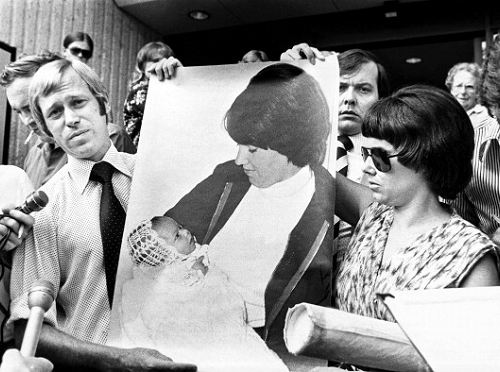
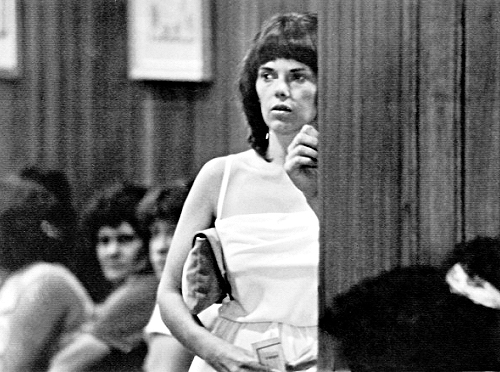
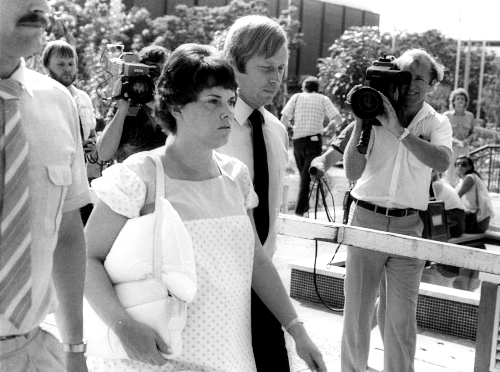
New evidence emerged on February 2, 1986 when a remaining item of Azaria’s clothing was found partially buried near Uluru in an isolated location, adjacent to a dingo lair. This was the matinee jacket which the police had maintained for years did not exist. Five days later, Chamberlain was released. The Northern Territory Government publicly said it was because “she had suffered enough.” In view of inconsistencies in the earlier blood testing which gave rise to potential reasonable doubts about the propriety of her conviction and as DNA was not as advanced in the early 1980s it emerged that the ‘baby blood’ found in her car could have been any substance, Lindy Chamberlain’s life sentence was remitted by the Northern Territory Government and a Royal Commission began to investigate the matter in 1987. Chamberlain’s conviction was overturned in September, 1988 and another inquest in 1995 returned an open verdict. The cause of Azaria’s disappearance has not been officially determined. The last and final official inquest listed the cause of her death as “undetermined.” A body has never been found, only various items of bloodstained clothing. The Chamberlains, who were originally convicted, have been officially exonerated by the Court and eventually received some financial compensation. It is estimated that their legal fees exceeded five million Australian Dollars. In August 2005, a 25-year old woman named Erin Horsburgh claimed that she was Azaria Chamberlain, but her claims were rejected by the authorities and the ABC’s Media Watch program, who stated that none of the reports linking Horsburgh to the Chamberlain case had any substance. The Chamberlains divorced in 1991 and Lindy Chamberlain has since remarried.
In 2012, over 30 years after the disappearance, the case was finally solved. Northern Territory Coroner Elizabeth Morris found evidence from the case proved a dingo or dingoes were responsible for Azaria’s death and ruled that her death certificate should read “attacked and taken by a dingo”. In an emotional finding, Morris offered her condolences to the Chamberlains, who were in the Darwin court room. “Please accept my sincere sympathy on the death of your special loved daughter and sister Azaria. I am so sorry for your loss,” she said to the family. “Time does not remove the pain and sadness of the death of a child.”
When “A Cry in the Dark” was in pre-production, Lindy Chamberlain was still imprisoned, and there was no sign of her exoneration in 1987. So by the time of its filming, Meryl Streep not only portrayed another real-life character, but a convicted murderer. With the new-found evidence and Miss Chamberlain’s exoneration, the already heavily debated case became even more current. As Streep told Entertainment Weekly in 2000, “there were enormous legal considerations over every line I said, because Lindy Chamberlain was pressing the government to be exonerated. Along with all the other challenges of making a movie, to have lawyers sitting there… There was no doubt in my mind that she was innocent. And they did exonerate her. But because of her manner, she was condemned. She wasn’t the weeping, screaming, bereaved mother – she was more like ‘None’a your fucking business how I feel!’ There are people you just want to tell, ‘You know, you’ll get further in life if you just…’ She was vilified for the shape of her eyebrows, because they pointed down and she looked mad all the time.”
Through My Eyes by Lindy Chamberlain (1991)
Lindy Chamberlain: The Full Story by Ken Crispin (1989)
Evil Angels by John Bryson (1987)


